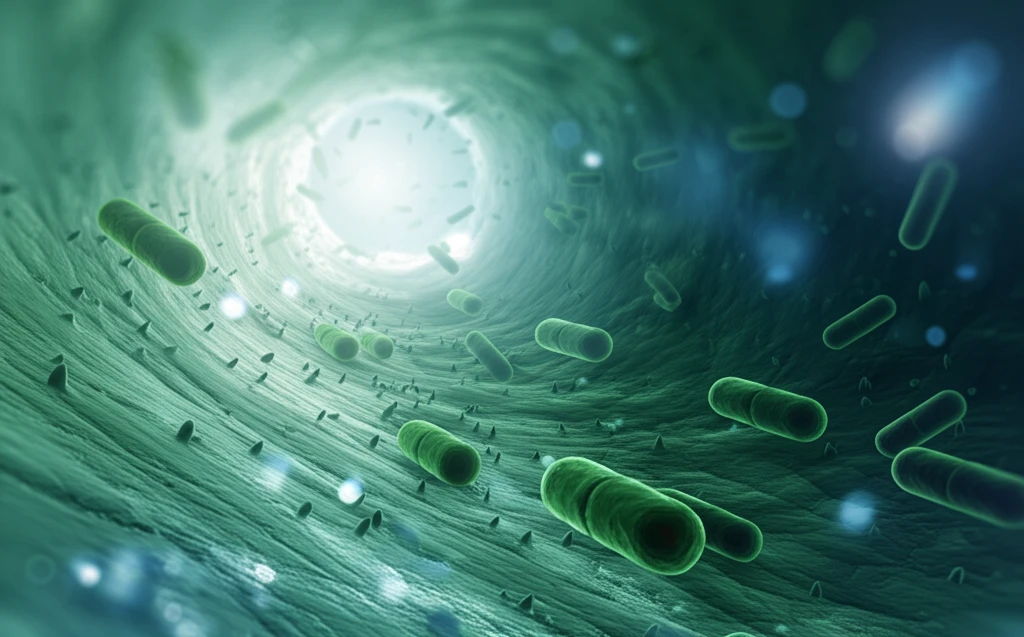
Tiny Tubes, Big Impact: How Nanotechnology Could Revolutionize Drug Delivery
"Scientists are exploring how silica nanotubes, created using a novel gelatin-based template, can improve targeted drug delivery and revolutionize medical treatments."
Imagine a world where medications go directly to the source of illness, maximizing their impact and minimizing side effects. This is the promise of targeted drug delivery, and nanotechnology is bringing that vision closer to reality. Researchers are constantly exploring new ways to create these targeted systems, and one exciting development involves the use of silica nanotubes.
Silica nanotubes, incredibly tiny structures made of silica, possess unique properties that make them ideal for drug delivery. Their hollow, tube-like shape allows them to carry medication, while their strong surface area helps them interact effectively with the body. What's more, scientists are finding innovative ways to create these nanotubes, making them more accessible and cost-effective.
One such method involves using gelatin nanofibers as a template. Gelatin, a readily available and biocompatible material, can be formed into nanofibers, which then serve as molds for the creation of silica nanotubes. This technique offers a promising route to producing these advanced drug carriers on a large scale.
Gelatin Nanofibers: The Unlikely Heroes of Nanotechnology

The process begins with electrospinning, a technique used to create incredibly thin fibers from a gelatin solution. These gelatin nanofibers then act as a template in a sol-gel process. A sol-gel solution, containing silica precursors, coats the gelatin nanofibers. Subsequent heating removes the gelatin, leaving behind hollow silica nanotubes.
- Cost-Effectiveness: Gelatin is a low-cost material, making this method more affordable than traditional techniques.
- Biocompatibility: Gelatin is biocompatible, reducing the risk of adverse reactions when the nanotubes are used in the body.
- Scalability: The process can be scaled up for mass production, making these nanotubes more accessible for widespread use.
The Future of Medicine: Nanotubes Leading the Way
The development of silica nanotubes using gelatin nanofibers represents a significant step forward in the field of targeted drug delivery. This innovative approach offers a cost-effective, biocompatible, and scalable method for producing drug carriers that can enhance the effectiveness of medical treatments and improve patient outcomes. As research continues, these tiny tubes hold the potential to revolutionize how we treat diseases, paving the way for a healthier future.
